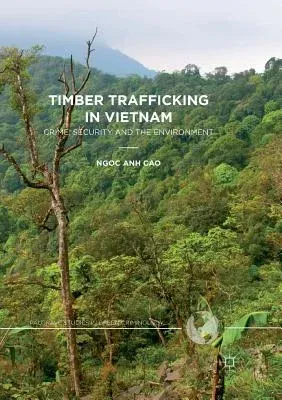Ngoc Anh Cao
(Author)Timber Trafficking in Vietnam: Crime, Security and the Environment (Softcover Reprint of the Original 1st 2017)Paperback - Softcover Reprint of the Original 1st 2017, 4 June 2019

Qty
1
Turbo
Ships in 2 - 3 days
In Stock
Free Delivery
Cash on Delivery
15 Days
Free Returns
Secure Checkout
Part of Series
Palgrave Studies in Green Criminology
Print Length
393 pages
Language
English
Publisher
Palgrave MacMillan
Date Published
4 Jun 2019
ISBN-10
3319877623
ISBN-13
9783319877624
Description
Product Details
Author:
Book Edition:
Softcover Reprint of the Original 1st 2017
Book Format:
Paperback
Country of Origin:
NL
Date Published:
4 June 2019
Dimensions:
21.01 x
14.81 x
2.13 cm
ISBN-10:
3319877623
ISBN-13:
9783319877624
Language:
English
Location:
Cham
Pages:
393
Publisher:
Weight:
485.34 gm

